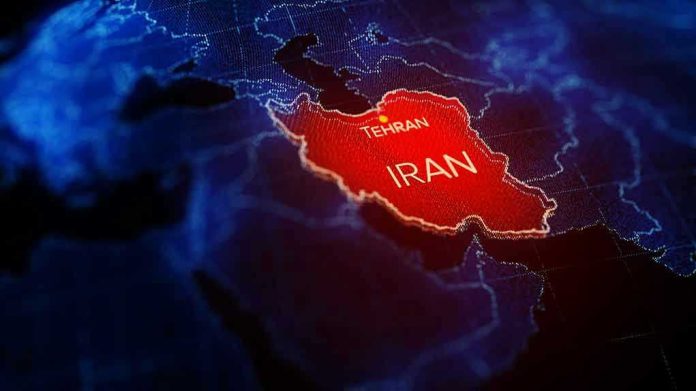
Iran’s latest missile drills in the Gulf of Oman send a direct warning to the West and Israel, raising urgent questions about U.S. security and the erosion of regional stability.
Story Snapshot
- Iran’s navy launched its first major military exercise since the recent 12-day war with Israel, firing advanced cruise missiles at sea targets.
- The drills, dubbed “Sustainable Power 1404,” showcase Iran’s technological self-sufficiency and readiness to deter perceived threats, coinciding with its National Defense Industry Day.
- These maneuvers come just weeks after joint Iran-Russia naval exercises, signaling deeper military ties and increased tensions.
- Regional and global observers are on high alert, monitoring for potential escalation and threats to vital shipping lanes.
Iran’s Missile Drills Signal Escalation and Power Projection
On August 21, 2025, Iran’s navy initiated large-scale military exercises in the Gulf of Oman and the northern Indian Ocean, marking its first major drill since the 12-day conflict with Israel earlier this summer. The operation, code-named “Sustainable Power 1404,” featured the test-firing of advanced anti-ship cruise missiles, including the Nasir, Qadir, and Ghader systems. These drills demonstrated Iran’s military capabilities, particularly its ability to launch missiles from both coastal batteries and naval platforms. The timing—on National Defense Industry Day—highlights Iran’s focus on showcasing its domestic military advancements and signaling resolve to both adversaries and allies.
Iranian officials issued explicit warnings during the exercise, vowing a “very strong response” to any regional miscalculations. The drills followed closely on the heels of the Iran-Russia “Casarex 2025” joint naval exercise, underscoring Tehran’s efforts to deepen military partnerships and project influence beyond its borders. The Gulf of Oman and northern Indian Ocean, critical maritime corridors for global energy shipments, now face heightened risks as regional and global powers intensify surveillance, wary of any disruption or escalation. Despite the show of strength, no immediate incidents involving foreign vessels have been reported so far.
Strategic Context: Regional Tensions and Stakeholder Motives
Iran’s actions are rooted in a long history of adversarial relations with Israel, punctuated by proxy conflicts, cyberattacks, and direct military confrontations. The June 2025 war marked a significant escalation, leaving both sides on edge. Regional states—including Gulf Arab neighbors, Oman, and India—are watching closely, concerned for security and the uninterrupted flow of commerce through these strategic waters. For Iran, these drills are a statement of deterrence and a bid to reinforce domestic legitimacy. For Israel, the maneuvers represent a challenge to its military edge, while global powers like the U.S. and EU monitor for any sparks that could endanger international shipping or destabilize alliances.
Power dynamics in the region are shifting. Iran seeks to balance deterrence with the risk of provoking direct confrontation with the U.S. and its naval presence. Russia’s recent collaboration with Iran signals an evolving partnership, further complicating the calculus for Western and regional actors. Local and international observers agree that the stakes are high, with even routine drills carrying the potential for miscalculation amidst crowded and sensitive maritime zones.
Potential Implications and Risks to U.S. Security Interests
The immediate impact of Iran’s drills is a spike in military alertness among regional navies and heightened surveillance of Iranian activity. Shipping and energy sectors are particularly vulnerable; any escalation could disrupt vital global commerce routes, driving up costs and risking supply chain shocks. Longer term, these exercises may accelerate an arms race and deepen military alliances, as neighboring states seek to counterbalance Iran’s growing capabilities. Domestic audiences in Iran are likely to see the maneuvers as a source of national pride and regime legitimacy, while Western policymakers face renewed pressure to safeguard American interests and uphold freedom of navigation in international waters.
Expert analysis highlights the dual nature of these drills: while Iran frames them as defensive and stabilizing, many Western officials view them as provocative and destabilizing. The fragile truce between Iran and Israel remains under strain, and any misstep could reignite conflict. Independent verification of Iran’s claims about missile performance remains limited, but the coordinated messaging and timing of the exercise suggest a calculated strategy to maximize regional and global impact. For American conservatives and constitutionalists, these developments underscore the importance of a strong, vigilant national defense and a foreign policy that prioritizes U.S. sovereignty and security over appeasement or globalist entanglements.














